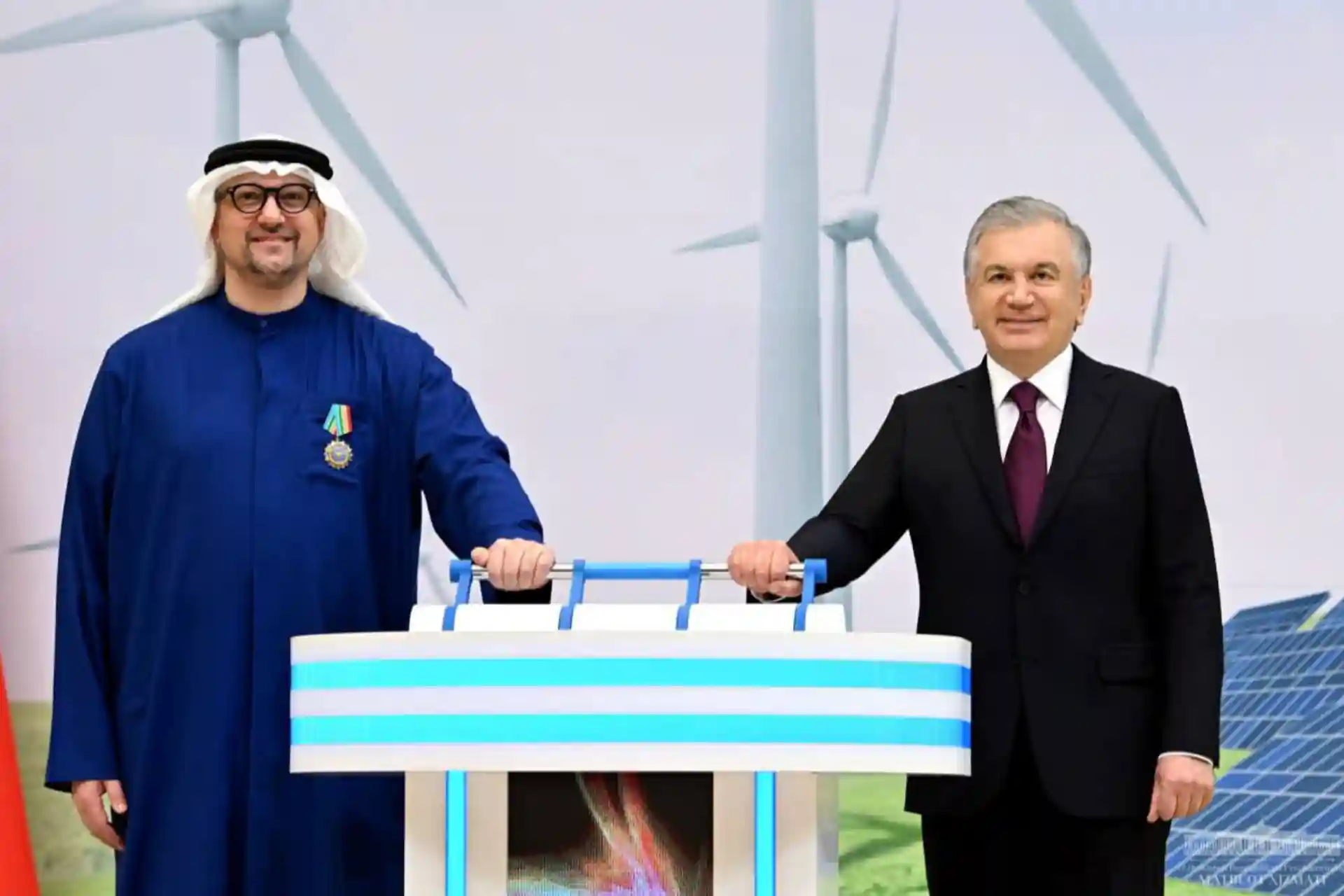The state debt of Uzbekistan reached almost 35 billion dollars
As of January 1, 2024, the public debt of Uzbekistan increased by 5.7 billion dollars during one year (instead of the planned 2.9 billion dollars) and reached 34.9 billion dollars. The debt has tripled in six years. Last year, the cost of servicing the national debt increased sharply.
As of January 1, 2024, the public debt of Uzbekistan increased by 5.7 billion dollars over the past year and reached 34.9 billion dollars. This is stated in the report of the Ministry of Economy and Finance. This is $2.8 billion more than the expected figure ($32.1 billion).
External debt consists of public and private debt. The news is about the state debt. At the same time, it is worth noting that the "private" sector mainly includes companies and banks with a state share (the state has about 68% of the banking sector, as well as UzAuto Motors and Uzbekneftgaz, which issued debt securities worth 2 billion dollars in 2019-2021). , Uzmilliybank is the owner or one of the owners of Uzsanoatqurilishbank).
Ministry of Public Debt, Economy and Finance
Public external debt increased by 3.73 billion in 2023 and amounted to 29.64 billion dollars (32.6% of GDP). Of this amount, 23.91 billion dollars were attracted on behalf of the government, and 5.72 billion dollars were guaranteed by Uzbekistan.
State domestic debt increased by 1.97 billion dollars and amounted to 5.29 billion dollars (5.8% of GDP). Of this, 1.78 billion dollars (21.9 trillion soums) are state securities, 3.51 billion dollars are domestic debt guaranteed by the state.
The ratio of public debt to the country's GDP increased from 36.4 percent at the end of 2022 to 38.4 percent at the end of 2023 (35.7 percent was planned).
For comparison: in 2017, the national debt amounted to 11.5 billion dollars (in six years, this indicator has increased 3 times). We are talking only about public debt, not taking into account "private debt".
Distribution of loans by sectors
State external debt by economic sectors at the end of 2023 looks like this:
State budget support - $11.6 billion, 33.2% of the total debt (at the end of 2022 it was $8.6 billion);
Energy — $5.8 billion or 16.6 percent of the total debt ($3 billion);
Agriculture and water industry - $2.8 billion ($2.54 billion);
Transportation and transport infrastructure — $2.8 billion ($2.84 billion);
Housing and communal services — $2.6 billion ($2.3 billion);
Support for entrepreneurship and industrial production — $1.1 billion ($1.1 billion);
Chemical industry - about 900 million dollars (1 billion);
Education, healthcare, telecommunications - $2 billion (1.1 billion);
Other industries - $897 million (0.91 billion).
Almost 50% of the debt went for budget support and energy.
Creditors
External debt of the state from the point of view of creditors:
World Bank - 6.6 billion dollars (5.5 billion);
Asian Development Bank - 6.4 billion dollars (6 billion);
Islamic Development Bank - 0.9 billion dollars (0.9 billion);
International investors (international Eurobonds) — $3.4 billion (2.6 billion);
Japan International Cooperation Agency - $2 billion (1.9 billion);
Eximbank of China - $1.9 billion (1.9 billion);
State Development Bank of China and others — $1.4 billion (2.1 billion);
Asian Infrastructure Investment Bank (headquarters in China) — $1.3 billion;
Islamic Development Bank - 0.9 billion dollars (0.9 billion);
Korea Economic Cooperation Development Fund - $0.8 billion (1 billion);
International Monetary Fund - 0.8 billion dollars;
French Development Agency - $0.7 billion (0.7 billion);
Bank of International Cooperation of Japan - 0.3 billion dollars (0.4 billion);
The European Bank for Reconstruction and Development and the European Investment Bank — $0.3 billion;
Other international financial institutions - $2.4 billion (2.4 billion).
Currency structure of debt
Ministry of Public Debt, Economy and Finance
The currency structure of external debt (this is one of the real risk indicators for the economy associated with exchange rate fluctuations) looks like this:
US dollar — 71.4 percent (was 75.7 percent);
Uzbek soum - 6.9 percent (1.6 percent);
SDR (Special Drawing Right) — 6.7 percent (7.2 percent);
Japanese yen — 6.2 percent (8.1 percent);
Euro — 4.1 percent (4.8 percent);
Chinese yuan — 1.9 percent (0.8 percent);
South Korean won - 0.5 percent (0.67 percent);
Saudi riyal, Kuwaiti dinar and UAE dirham — 0.6 percent (2.3 percent).
Interest and principal payments in 2023. Interest and principal payments in 2023.
Let's remind that in 2023, 6.87 trillion soums were planned to be allocated for the payment of interest on the state debt, but in practice 1.12 billion dollars were paid (about 13.15 trillion soums at the average exchange rate of last year). IMV explained this by the fact that at the beginning of last year, interest rates on international financial markets (SOFR) were 2.99 percent, and by the end of the year they reached 5.34 percent, due to which interest payments on public debt increased.
Also, it is planned to repay the debt of 19.1 trillion soums - 1.69 billion dollars (about 19.8 trillion soums) have been allocated.
In this way, a total of 2.82 billion dollars was directed to pay off the public debt and interest payments, which is 68.8% more than in 2022, and 2.1 times more than in 2021.
In 2024, it is planned to repay 32.27 trillion soums of debt and pay 16.38 trillion soums of interest (in total - 48.65 trillion soums or 3.7% of GDP).
In 2023, the deficit of the consolidated budget of Uzbekistan amounted to a record 59 trillion soums (more than 5 billion dollars), which was much higher than the indicators of previous years. At the end of last year, the government increased the limit through the parliament because it did not meet the state spending limit. In January-April, the state budget deficit amounted to 25.5 trillion soums (about 2 billion dollars).
In Uzbekistan, the expenses of state bodies, justice, prosecutor's office and courts, as well as maintenance of neighborhoods and support of NGOs increased by 24.5% and reached 17 trillion soums. It is planned to increase the costs of their maintenance in 2024-2025.



